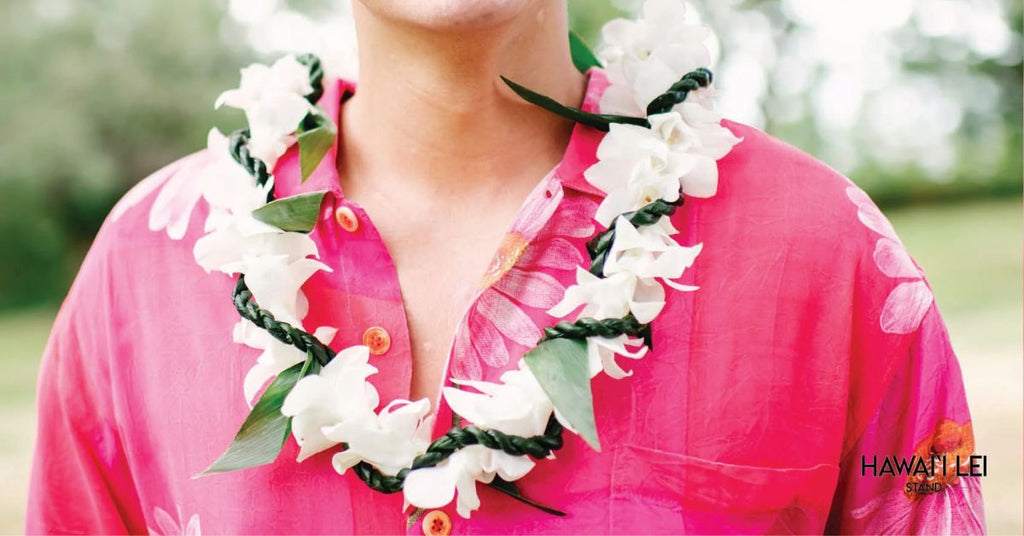
Have you ever wondered about the artistry behind a lei? These iconic garlands of flowers and greenery are more than just beautiful accessories; they’re testaments to incredible creativity and craftsmanship. Whether you’ve received a lei during a trip or have plans to learn more about them on your next adventure, exploring the different ways that traditional lei are made will deepen your appreciation for their unique charm.
Traditional Lei-Making Techniques
Curious how these floral garlands come together? Traditional lei-making typically begins with one of these five techniques:
- Piercing: Also known as Kui, this method involves threading flowers with a needle and string, creating the classic, cascading lei style.
- Braiding: With two approaches known as Wili and Haku, this technique relies on layering and twisting flowers or green foliage. The result is a fuller lei that can include a mix of flowers, leaves, and grasses.
- Twisting: Also called Hili, this technique twists together ti leaves or ferns to create smooth, spiral garlands.
- Sewing: Also known as Humu, this method meticulously sews flowers onto a fabric or mesh backing.
- Knotting: Known as Kipu‘u, this method knots the stems of flowers or greenery together to form a garland.
Popular Flower Varieties Used in Traditional Lei
Traditional lei are crafted using a wide range of flowers, with a focus on fragrance and visual appeal. A fresh orchid lei, bursting with vibrant purples and whites, is a timeless favorite for celebrations. The sweet, aromatic jasmine found in pikake lei is another crowd-pleaser, often reserved for joyous occasions. Meanwhile, tuberose brings elegance and a powerful fragrance, making it perfect for memorable moments.
Other Materials Used in Traditional Lei
Flowers may steal the spotlight, but greenery and other natural materials also play significant roles in lei-making. Ti leaves or ferns often give lei structure and add an earthy touch. Nuts, seeds, and shells are frequently incorporated for texture and visual contrast, while feathers offer additional vibrance.
Modern Twists on Traditional Lei-Making
While traditional materials are always popular, modern takes on lei-making have introduced some creative innovations. Candy lei add a sweet treat to celebrations and are especially popular for graduations. Ribbon lei are another popular option, admired for their durability and decorative appeal. Some even experiment with paper flowers or charms, creating yet another way to enjoy this celebrated item.
Learning about the different ways that traditional lei are made, from classic techniques to modern twists, provides a greater connection to the creativity and thought put into these iconic creations. The next time you encounter a lei—whether giving or receiving one—you’ll truly understand how special they are.

